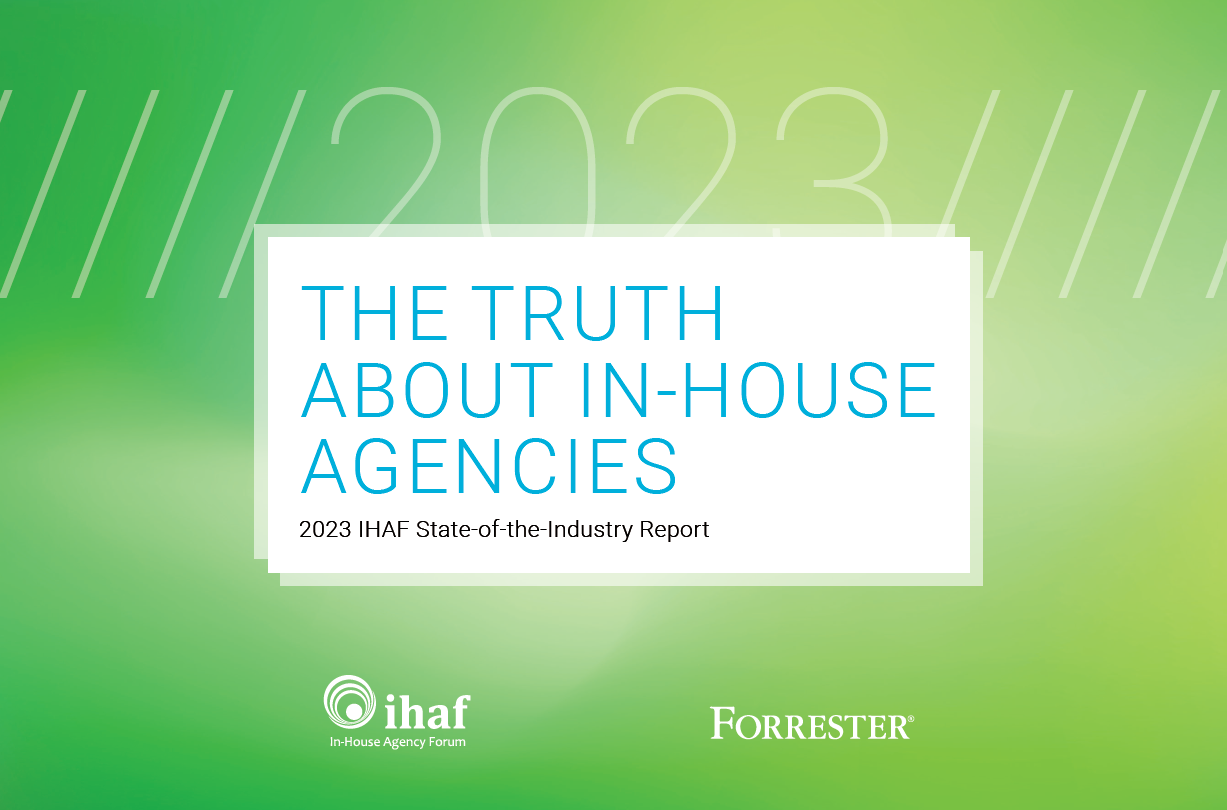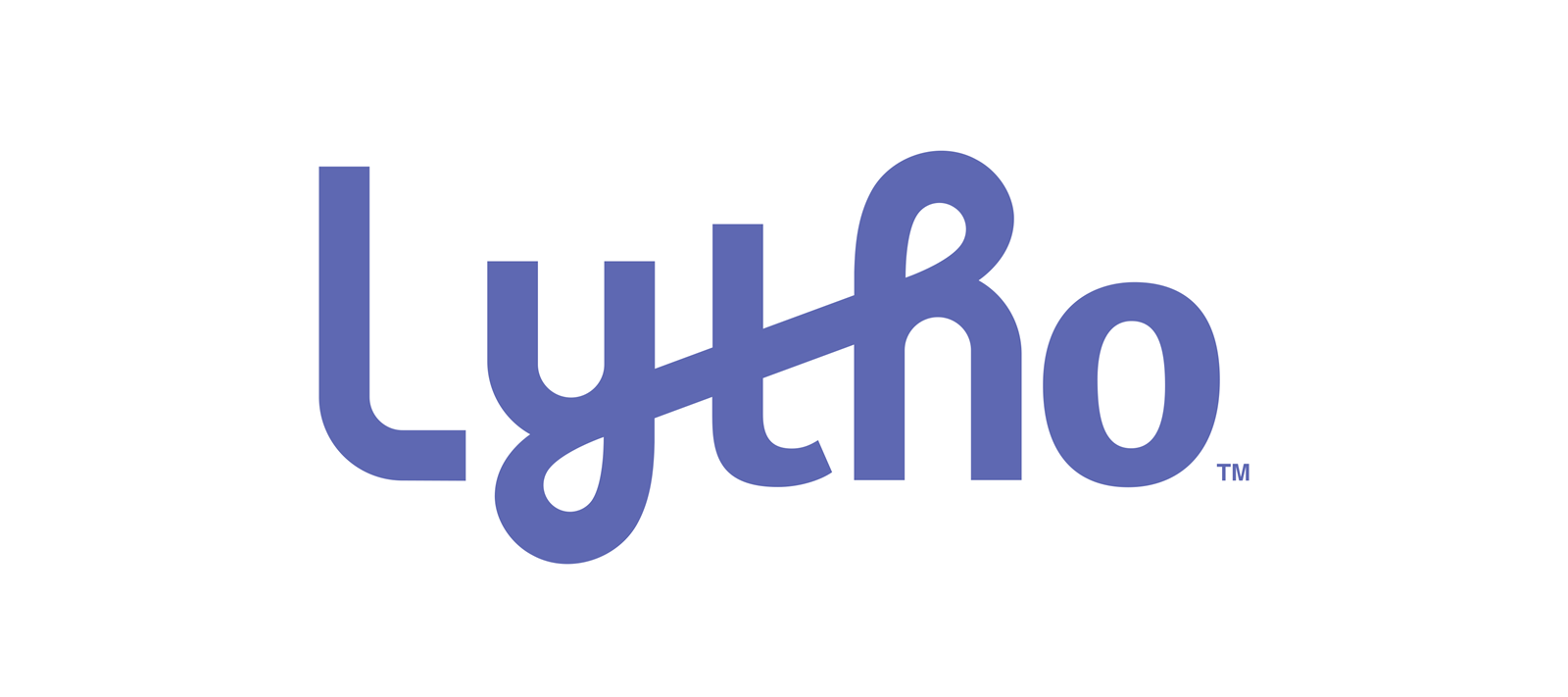The Road to Employee Engagement

There is a lot of buzz these days about employee engagement, though it is often confused with employee satisfaction. True engagement centers on an employee’s level of psychological investment in the organization—how connected they feel to the company and its mission. For many in-house agencies, what dominates even more is the projects and work they do, and the degree to which it feeds their creative spirit and passions.
Studies show that 64% of employees in North America are disengaged—and it’s not about the money, as only 12% leave for higher paying jobs. Seventy-five percent are actually leaving their bosses, not their jobs. And the cost to keep these unhappy, disengaged employees? US companies spend a whopping $450-550 billion per year. That’s why 90% of executives think an employee engagement strategy is important. The question is: why do only 25% of them have one in place?
Companies who invest in employee engagement have increased productivity, improved staff retention and increased client satisfaction. Highly engaged employees are 87% less likely to leave their companies and those companies experience 2.5 times more revenue as well as two times more in net income. Why wait when the pay-off can be so rewarding?
There are many ways to increase employee engagement. When it comes to in-house creative teams specifically, here are a few important things I’ve learned along the way in partnering with my clients at TeamPeople.
Disengaged employees offer the greatest opportunity to boost profitability. The cost of losing a disengaged employee and having to recruit, hire and train a suitable replacement costs approximately one-third of that employee’s salary. If you factor that expense in with your average turn-over rate, the cost can be substantial. Within the creative industry, it can be both costly and time consuming to find someone with the right talent and technical background—never mind the investment in onboarding and training them. Another data point to consider is that higher productivity results in higher profit margins. Simply looking at a 22% increase in profitability might start to get some heads turning. My senior clients have responded to this data—so in order to create an initiative around employee engagement, you’ll need to start cranking out those numbers!
Brand is king. So often you hear “content is king” and it is. For employee engagement, however, a surprising number of studies point to the brand as being paramount. Brands are not only valuable in driving company revenue and reputation, they also contribute to the Employee Value Proposition (EVP). EVP measures a company’s ability to articulate and deliver on its promises to employees—what many call the “stickiness factor.” Building a brand that delivers on the promises it makes to consumers is key, but now, you need to deliver on the promises you make to your employees as well. Consider partnering with your colleagues in HR to see how your in-house agency could advance its EVP within your own organization.
Improving employee engagement is different for every person and organization. There are certain departments like sales or recruiting where an elevated level of competition can bring out the best in people. In-house creative teams are different. For the most part, creative teams are highest performing when employees work with (versus against) each another. When there is a free flow of ideas, creativity and innovation, everybody wins. The “team” mentality we live by at TeamPeople starts with every individual. Understanding and magnifying each person’s unique strengths means we place candidates in roles that enable them to demonstrate those strengths on a regular basis. When employees can do this, they are far more productive and passionate about their projects. And for those who thrive on variety, we have adopted rotational programs or shadowing. This prevents stagnation and offers opportunities to learn or try something new, sometimes revealing untapped areas of strength.
Create the right environment—then get out of the way. By nature, creative people are passionate about what they do, so motivation is not typically a problem. Your job as a manager or leader of an in-house creative team is to foster an environment that encourages creativity. In my experience at both TeamPeople and NBC Universal, it's best to build alignment around the company’s core mission and values, prompt innovation, create a safe place for failure, and get out of the way. If you allow creative people to self-direct and own their own ideas and processes, you pave the way for them to be driven by a greater meaning and purpose. By creating an innovation incubator within your team, where ideas can be expressed and adopted so those who initiated them have a chance to implement them, it creates a stronger sense of ownership across the team. It also helps people know they can be part of driving change.
Non-financial motivators can be just as effective. One of the biggest frustrations I’ve heard from creatives is that they are expected to keep up with emerging trends and software without the appropriate investment or training. There are many ways companies can help support advancement of creative and technical talent—seminars, local workshops or self-paced online courses. At TeamPeople, we support contractors with our own training benefits as well as continuing education for technical roles where key certifications are mandatory. Alongside training, engaging employees with volunteer opportunities can also go a long way. In fact, a study by PWC revealed that 88% of millennials gravitate toward companies with prominent Corporate Social Responsibility programs and 86% would consider leaving if their employer’s CSR no longer met their expectations.
Another important way to keep employees engaged is through feedback loops. The best part about this is it’s free; it simply requires time. Studies show that 48% of highly engaged employees receive feedback at least once a week. Maintaining open lines of communication and transparency around equity and opportunities for growth in your department are key to keeping a highly focused team. Most important, make the experience your own. Employee engagement is not a one-size-fits-all initiative. The way you go about enhancing employee engagement should reflect your team’s goals and objectives as well as your leadership style.
Danny Rickard is Director of Creative Operations for an In-House Studio at one of TeamPeople’s on-site managed contracts in the New York City area. Danny has built a team to strengthen creative output, improve efficiency and utilization, generate additional business, and bridge multiple sites to create a consistent creative look. When the mission and message matter, leading brands choose TeamPeople to build dynamic media teams for in-house studios, content creation, media management, and AV support and delivery.
- advertising,
- agency,
- association,
- brand,
- client,
- CMO,
- communication,
- content,
- corporate,
- creative,
- digital,
- employee,
- engagement,
- experience,
- IHAF,
- in-house,
- insource,
- internal,
- leadership,
- management,
- marketing,
- media,
- membership,
- networking,
- professional,
- responsibility,
- rickard,
- social,
- teampeople,
- trends
Recent Posts

In-House Data: Fact or Fiction?
October 16, 2023
I’m going to be honest with you, which I always am but this time it’s scary honesty. There are a lot of in-house agency research reports out there. And not all of them contain data that are close to the integrity of the studies IHAF publishes—the next of which drops at the IHAF conference on …

IHAF Wrapped
December 20, 2023
One of our favorite things to do at year-end is look back at the events, presentations, and online resources our members tapped most. (Why should Spotify have all the fun?) Here are a few of your favorites in 2023:
• New Assortment of Org Charts Download • Updated Job Profiles …



















%20(1).pdf%20-%20Copy.jpg)

%20(1).png)


No Reader Comments